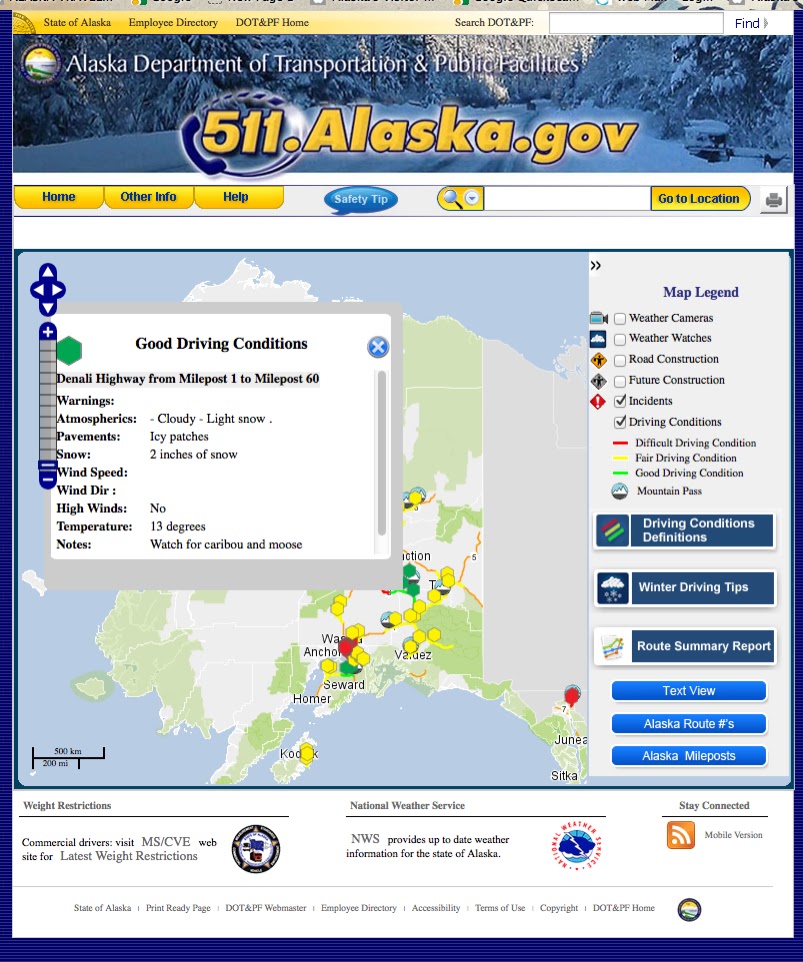Alaska & Hawaii Apparently Face Serious Problems With Medicaid Cuts
FROM THE ALASKA BEACON HTTPS://ALASKABEACON.COM/ These two states are mostly inaccessible by road. Medicaid cuts could make travel for c...
FROM THE ALASKA BEACON
These two states are mostly inaccessible by road. Medicaid cuts could make travel for care harder.
Starting Oct. 6, Medicaid patients in Alaska and Hawaii who otherwise could have been seen at no cost before the federal law changes will most likely pay out of pocket for services on a sliding-fee scale.
 |
| You can't get there from here. Alaska & Hawaii are the only state's not physically attached to the rest of the nation. |
“She had to come in and be treated and we took care of her, but people are getting desperate,” Health Center Manager Ada Goodman said. “And I don’t think the people making these decisions have a clue how it’s going to affect people.”
On a given day, Kahului Health Center Manager Tia Atregenio said at least 75% of the patients she sees are covered by Medicaid. Like Alaska, Hawaii’s Medicaid program provides travel assistance for medical appointments, which often means taking either a plane or a ferry. She worries that help will be one of the first things cut under new federal law. And Planned Parenthood is one of few health centers that accepts Medicaid in the island region.
Republican majorities in the U.S. House and Senate passed a massive tax and spending cuts bill in July that stripped Medicaid funding from organizations that provided abortion care and received more than $800,000 in reimbursements in fiscal year 2023. Signed into law by President Donald Trump, the one-year funding prohibition prompted Planned Parenthood’s national organization to sue, although their attempt to block the law’s implementation through an injunction failed.
Clinics have already closed in Ohio, Texas, California and Louisiana, at least in part because of the new law. Others are beginning to limit services and notify patients they will soon stop taking Medicaid, the federal and state medical insurance program for people with low incomes or disabilities. That includes Alaska and Hawaii.
Traveling by plane or boat for care
The changes are expected to create even more difficult barriers for states like Alaska and Hawaii to overcome. Immovable factors including geography and limited transportation already make health care access a challenge for many residents, on top of higher costs of living, the lack of infrastructure and difficulty recruiting and retaining medical providers.
Alaska and Hawaii are part of Planned Parenthood Great Northwest, which also includes Idaho, western Washington, Indiana and Kentucky. The affiliate serves more than 100,000 patients combined each year — one-third relying on Medicaid — and provided $13 million in Medicaid services during fiscal year 2024. While an appeals court reversed an injunction and allowed the law to be enforced in mid-September, clinics absorbed the costs to continue taking Medicaid patients through the end of the month and first week of October.
Starting Oct. 6, Medicaid patients in Alaska and Hawaii who otherwise could have been seen at no cost before the law’s implementation will most likely pay out of pocket for services on a sliding-fee scale.
“We are actively exploring every possible option to reduce costs for patients, but the reality is that those who relied on Medicaid will face higher out-of-pocket expenses moving forward,” said Rebecca Gibron, CEO of the affiliate, in an emailed statement.
State Medicaid can still be used for abortion care in Alaska and Hawaii.
There won’t be the same interruption of care for patients in Washington, where Gov. Bob Ferguson pledged to provide one year of funding.
Prior to the budget law, the U.S. Department of Health and Human Services notified organizations in April that their Title X funding would be withheld. While specific reasons weren’t given in all cases, some reported they were told the language on their websites affirmed support for diversity, equity and inclusion, or other factors associated with progressive causes. The Alaska clinics also provide gender-affirming care, which Trump administration officials have publicly opposed.
Alaska’s two Planned Parenthood clinics in Anchorage and Fairbanks served 4,700 patients in the last year, with nearly 70% of overall visits for family planning services. They received more than $1 million annually from Title X, which helped provide free or low-cost birth control, cancer screenings, testing and treatment of sexually transmitted infections, and other related services. Title X cannot be used to pay for abortion services.
“Losing that was a hard thing,” Goodman said. “And (losing) Medicaid, it’s going to be even harder because the patients just won’t seek care. And when it comes to an emergency for them, their only other option is going to be to go into the ER, making it much slower for regular emergency patients.”
Unlike most other states, more than 80% of communities in Alaska are inaccessible by road, and can only be reached by plane or boat, according to the state’s transportation department. Because of that limitation, the state’s Medicaid program covers transportation for medical needs, including non-emergency travel to appointments, which sometimes has to be by plane. Goodman said some patients take five bus rides to get to the clinic.
“I don’t think anything about somebody driving in (to Anchorage) from Palmer or Wasilla, which is 50 to 60 miles away because they can’t find treatment out there, but it’s huge for them,” she said. “I don’t think other places necessarily see the distances people will come to get health care.”
It’s an hour-long ferry ride from the neighboring Hawaiian island Lanai, which has no health centers, to get to Kahului. The last ferry leaves at 3:30 p.m., which makes it either a full-day commitment or multiple days, which can be difficult financially for people who are already struggling, Atregenio said.
Atregenio runs the Kahului Health Center with two medical assistants and one nurse practitioner. It’s a small team, she said, but it’s vital to the rural communities of Maui. The entire island has a limited number of health centers, including places for labor and delivery.
Hawaii’s clinics also lost Title X funding, which represented about $150,000 lost for the Kahului clinic, Hawaii Public Radio reported. Atregenio said despite that, they’ve been able to fall back on other resources to continue to see patients for low or no cost.
“Take us out of the picture, and there’s going to be more wait times even just for STD screening, or birth control, for that matter,” Atregenio said.
Hawaii’s Planned Parenthood leaders often feel like the rest of the country doesn’t think about them.
“We just feel like we’re forgotten on a little rock,” said Honolulu Health Center Manager Chells Jones.
Many of the resources offered to mainland states aren’t useful in Hawaii, such as certain types of tests. And often, it feels like overall communications only apply to the contiguous states.
Even locally, Jones said, it’s hard to get the word out about the available services, and even harder to combat the misinformation and confusion that arises from social media and other news sources.
“People don’t understand if or how their care will be affected and whether they’ll still be able to access affordable health care, and we’re just having to explain that here on the ground,” she said.
This story was originally produced by News From The States, which is part of States Newsroom, a nonprofit news network which includes Alaska Beacon, and is supported by grants and a coalition of donors as a 501c(3) public charity.
















